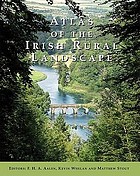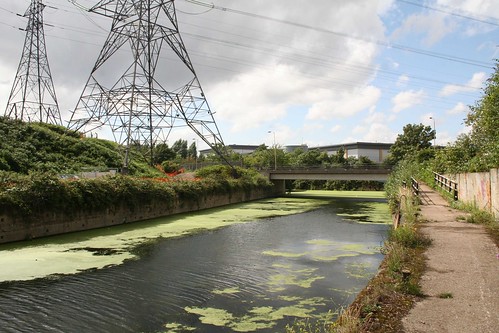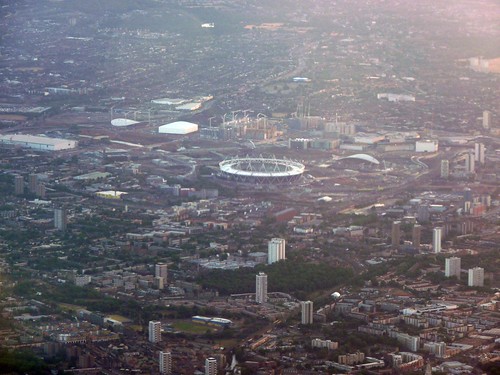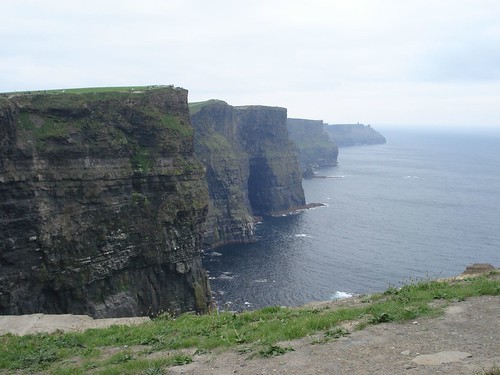In 1985, I excavated the first plague pit to be recognised on Spital Square excavations. It started with me recognising two skeletons on top of each other, one buried face up, the other face down. And then I recognised the other skeletons in the group, all intact and with the outer skeletons slightly bent to the sides of a square pit. Now skeletons from Spitalfields and "East Smithfield" (the Mint) may have yielded DNA confirming that Bubonic Plague was the cause of Black Death.
Spitalfields - the historic name for the area of which Spital Square is just a part - is a corruption of Hospital Fields and is named after the hospital of St Mary without (outside) Bishopsgate, which lay to the east of the main road north leading out of the City of London. It was later built over and became an immigrant suburb. It was characteristically "East End" of London, with markets and low wage jobs. The Corporation of the City of London built a new wholesale market there (markets had been held there since the 17th century http://en.wikipedia.org/wiki/Old_Spitalfields_Market ). This displaced residents for whom the Corporation built the flats I live in
http://www.cityoflondon.gov.uk/Corporation/LGNL_Services/Housing/Council_housing/Housing_estates/dron.htm . The area is still a hotspot for a modern plague, tuberculosis, with 60.5 cases per 100,000 in 2009 compared with 15 per 100,000 in England as a whole Tower Hamlets Factsheet . It always was a hotspot for the disease and Heliotherapy was pioneered at the Royal London Hospital (who treated king George V with it in 1928). My Grandparents, Bernard and Elizabeth Sefton, osteopaths from the 1930s, used ultra-violet lamps in their practice, they did not cure, but did control their daughter, my auntie Olive's TB gland in her neck. A neighbour and colleague was greatly weakened by tuberculosis, which contributed to his death in the 1980s. People and Landscape....Spitalfields - the historic name for the area of which Spital Square is just a part - is a corruption of Hospital Fields and is named after the hospital of St Mary without (outside) Bishopsgate, which lay to the east of the main road north leading out of the City of London. It was later built over and became an immigrant suburb. It was characteristically "East End" of London, with markets and low wage jobs. The Corporation of the City of London built a new wholesale market there (markets had been held there since the 17th century http://en.wikipedia.org/wiki/Old_Spitalfields_Market ). This displaced residents for whom the Corporation built the flats I live in
(Y. pestis is a recently evolved descendent of the soil-dwelling bacillus Yersinia pseudotuberculosis)





















